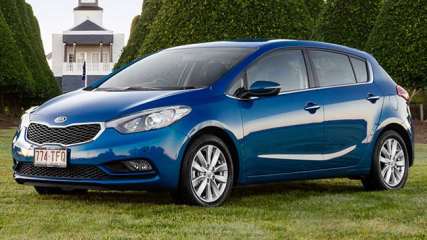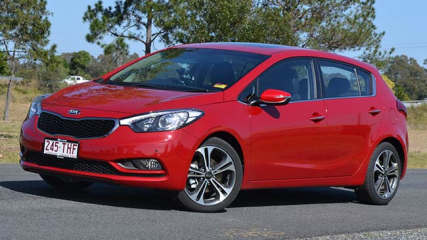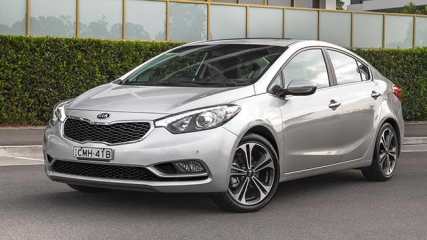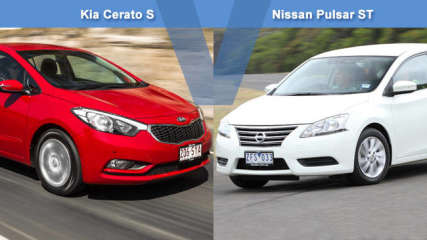Kia Cerato S hatch 2013 review
By Malcolm Flynn · 16 Aug 2013
Kia has shifted its assault on the fiercely competitive small car class into second gear with the arrival of the new Cerato hatch, four months after the sedan made its local debut.Building on the already celebrated sedan, the new hatch matches its four-door brethren on price and spec levels, and Australia’s preference for five-door practicality fuels Kia’s expectation that the hatch will attract 70 per cent of mainstream Cerato sales.The niche-market Cerato Koup and Veloster-rivalling Pro cee’d GT will arrive by early next year to complete Kia’s small car artillery, but the Cerato hatch will likely be Australia’s small-car Kia of choice.The third-generation YD Cerato hatch replaces the TD generation hatch that has continued to be available alongside the new sedan, and brings fresh design, impressive specs and visual appeal to help it continue the Korean brand’s recent run of winners.The Cerato hatch’s sedan-mirroring price and spec levels mean the entry S kicks off at $19,990 (drive-away at launch), before moving up to the $23,990 Si and $27,990 SLi range-topper.All Cerato hatch models come equipped with air conditioning, cruise control, flex-steer adjustable power steering, front and rear parking sensors, six-speaker audio with Bluetooth audio and telephone. Also across the board is Kia’s five-year unlimited kilometre warranty, capped price servicing plan, and one year roadside assistance to help make a compelling ownership proposition.The Si adds a premium steering wheel and gearknob, 4.3 inch colour multimedia touchscreen with reversing camera, extra chrome exterior detailing, auto headlamps, folding door mirrors with puddle lamps, proximity keys, and 16 inch alloy wheels.The top-spec SLi gains leather trim with front seat heaters and power memory driver’s seat adjustment, dual-zone climate control, power sunroof, HID headlamps, LED daytime running lamps and taillamps, auto-dimming rear view mirror, chilled glovebox, and 17 inch alloy wheels. Satellite navigation is only available as a $1000 option on the top-spec SLi models, which also brings a seven inch multimedia screen.Matching the Cerato sedan from the B-pillars forward, the hatch rides on the same 2700mm (50mm longer) wheelbase as the sedan improving rear seat legroom by a similar margin. The back seat is a genuine adult-carrier, with plenty of space for legs and heads beyond the six-foot barrier.Overall length is 210mm less than the sedan due to a shorter rear overhang, which also sees seats-up cargo capacity drop by 97 litres to 385L (VDA), which should easily be balanced by the real-world practicality of the hatch’s huge opening. Impressively, all models are fitted with a full-size spare wheel that is surrounded by under-floor storage cavities.The body’s increased use of high-strength steel compared with the previous hatch has resulted in a body that is 37 per cent stronger, yet 44-61kg lighter depending on spec. The hatch is not simply a bobtail sedan though, with a cohesive overall aesthetic that complements Kia’s existing designs, and even the basic S grade looks quite muscular from a rear three-quarter view.The hatch also matches the sedan’s engine lineup, with the S equipped with a 110kW/178Nm 1.8 litre petrol four, and the Si and SLi grades moving up to a 129kW/209Nm 2.0 litre direct injected petrol four.A six-speed manual is standard on all Cerato hatch models, with a six-speed auto available for a further $2000. The Cerato hatch’s combined fuel consumption figures are equal with the sedan, despite weighing 20kg more. This means 6.6l/100km (manual) and 7.1l/100km (auto) for the 1.8 litre S, and 7.4l/100km for the 2.0 Si and SLi variants with either transmission.Like the sedan, the Cerato hatch has achieved a five star ANCAP safety rating, with six-airbags, stability and traction control, and hill-start assist.The Cerato hatch is barely discernible from the sedan to drive, which is no bad thing. Significantly quieter and smoother than the previous hatch, the new Cerato’s construction has an air of quality that easily rivals the segment-leading Toyota Corolla, Mazda3 and the mechanically similar Hyundai i30.We had the chance to drive both 1.8L and 2.0L Cerato hatches, paired with the six-speed automatic transmission over a good mix of sealed road conditions, ranging from urban stop-start to high-speed bumpy rural ribbons of road.The 1.8 litre drivetrain proved adequate for hauling the circa-1300kg hatch over much of our route, but its meagre 110kW/178Nm made uphill acceleration and overtaking a chore. The 129kW/209Nm 2.0 litre offers far more relaxed progress over the same terrain, and would be a wise choice if you intend to use the hatch’s five seats with any regularity. The six-speed auto attached to either engine shifted smoothly and responsively, with none of the pronounced tendency to hold taller gears for fuel efficiency of some contemporaries.Like other recent Kia models, the Cerato hatch benefits from local suspension tuning, which is immediately apparent when the road turns rough. Carefully chosen damper rates help to maintain comfort and control in these conditions – a situation no doubt also aided by the hatch’s ‘wheel at each corner’ wide-track stance.The Kia Cerato hatch is certain to win many hearts on the Australian market. Like the Cerato sedan, the hatch is a value package that also boasts refinement, practicality and quality, with design appeal from all angles.
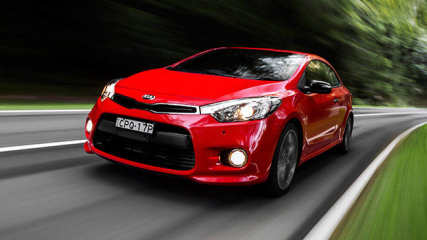
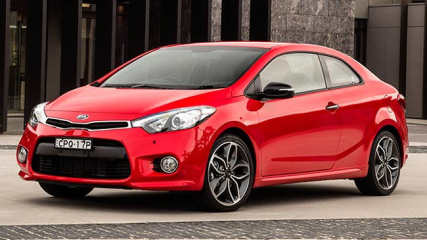

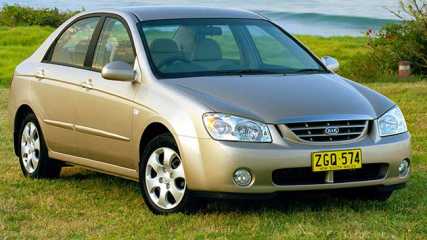
-w.jpg)
